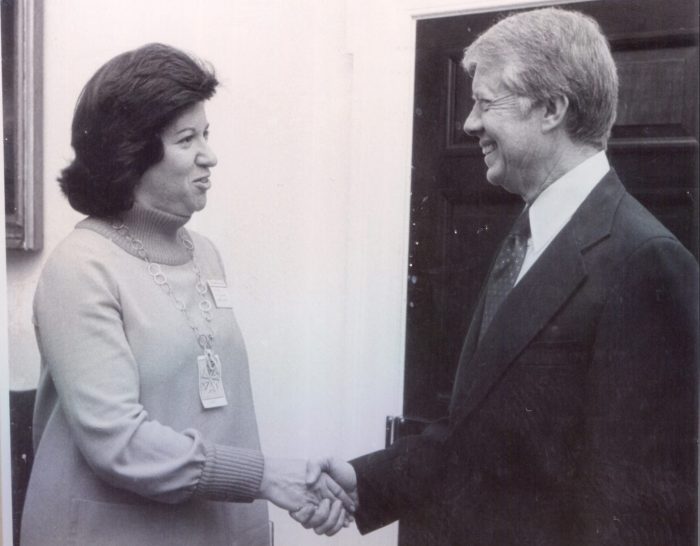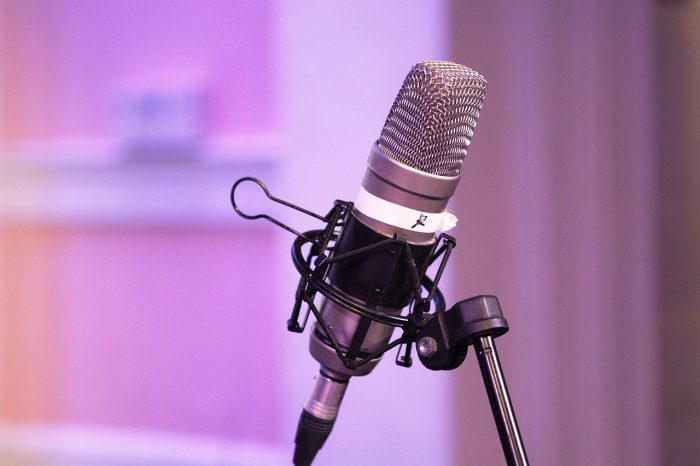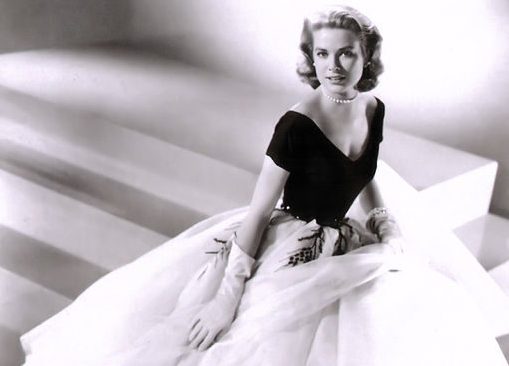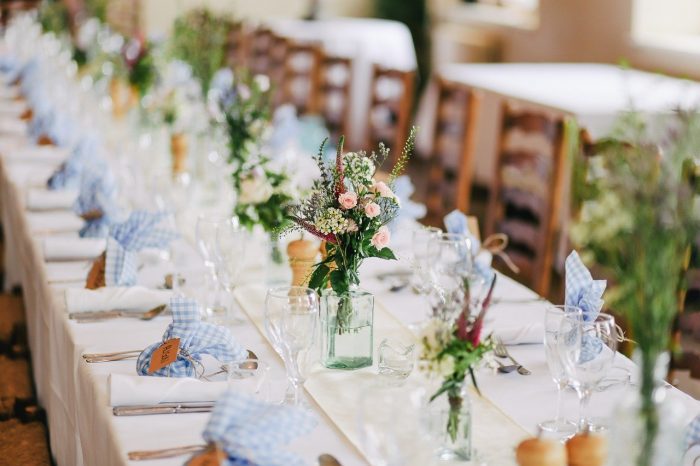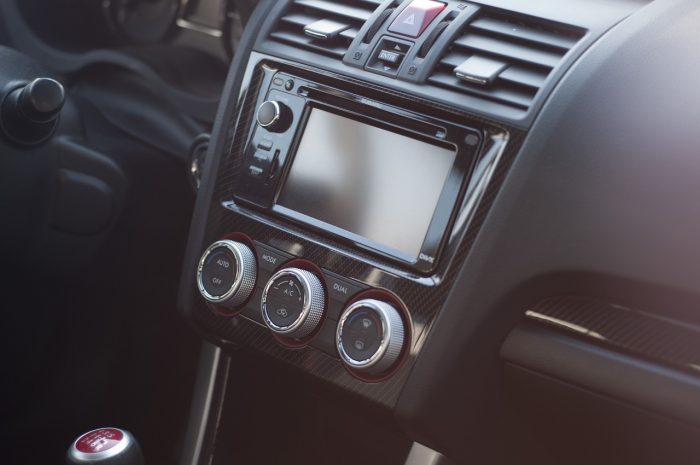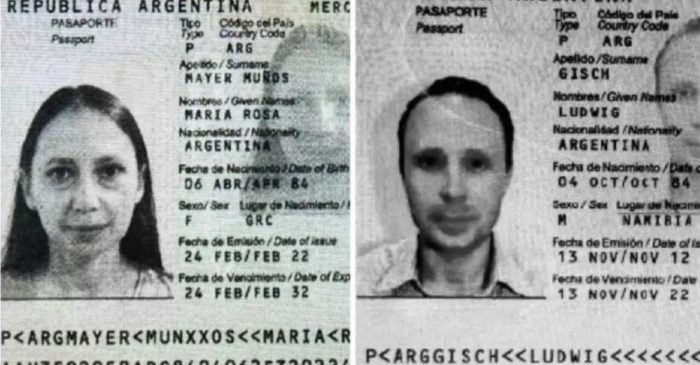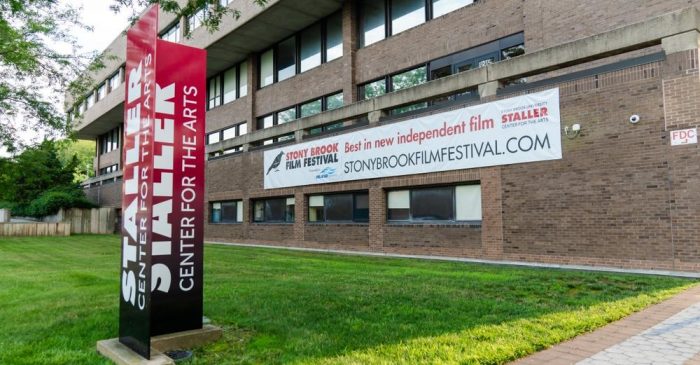By Leah S. Dunaief

Publisher
Jimmy Carter was the first United States President to invite me to the White House. The year was 1978, we had just started our first newspaper, The Village Times in the Three Village area, two years earlier, and the level of excitement was somewhere in the stratosphere when our receptionist screamed, “It’s the White House calling!”
Yes, indeed, it was someone from the White House, asking our address for the invitation to be sent to the Out of Town Press Conference later that month. With entrepreneurial bravado, I had written a letter addressed merely to “The White House, Washington, D.C.” asking if we might visit, not knowing about their monthly conferences at which Carter would gain insight from reporters into issues around the nation, even as he got his top priorities out into the communities. If I had known, I might have doubted his interest in a new weekly newspaper, but I would have been mistaken.
They wanted me.
From the moment of that phone call until I sat in the office with 29 other reporters, talking with the President, that excitement never abated. The session was lengthy, interrupted at one point by the arrival of a boxed lunch. The conversation continued over a hard boiled egg and half a tuna fish sandwich. As I salted my egg and proceeded to down it, I still could not quite believe I was there.
Of course it made a great front page story in our paper when I returned, a photo shaking hands with President Carter a lifetime treasure. At the end of the session, he asked us to line up and tell him our names and where we lived, as a photographer snapped the moment. The line moved quickly, but when it was my turn, I was determined to say something that might be more interesting to him.
“Mr. President, your sister, Ruth, visited my hometown of Stony Brook last week,” I rushed out the words. He stopped the line, his blue eyes large, and smiled broadly at me. I had read that he adored his sister.
“Isn’t Ruth great?” he offered. It wasn’t a question. “Why was she there?”
Ruth Carter Stapleton was a Christian Evangelist and I explained that she had been visiting one of the local Christian schools. He chatted another minute, then again shook my hand, and I moved on. I was in my late 30’s, and it was surely one of the high points of my life.
I was only 14 when I met Julie Andrews. She was one of the leads in the British play, “The Boy Friend,” and I went to a matinee with my eighth grade class on a field trip to see my first Broadway show. Word must have gotten to her that students were in the audience, and she invited all of us back stage to chat as she took off her makeup. She was only 19 at the time and told us she was thrilled with being in America for the first time. We were thrilled in turn to meet her. She didn’t seem much older than we, and the conversation was high spirited girl talk.
Little did any of us know that she would go on to become one of her era’s brightest stars, with a career starting as a child actress and spanning eight decades. She was the recipient of countless awards, and became Dame Julia by Queen Elizabeth in 2000. Her breakthrough American role was as Eliza Doolittle opposite Rex Harrison in the superb “My Fair Lady,” then went on to Queen Guinevere in “Camelot.” As Mary Poppins, in her first film role, she won the Academy Award’s Best Actress, then on to “The Sound of Music,” and many more.
It was fun to know that these two remarkable people shared the same birthday, October 1, and it made my walk down memory lane, this past Tuesday, a fond one.

